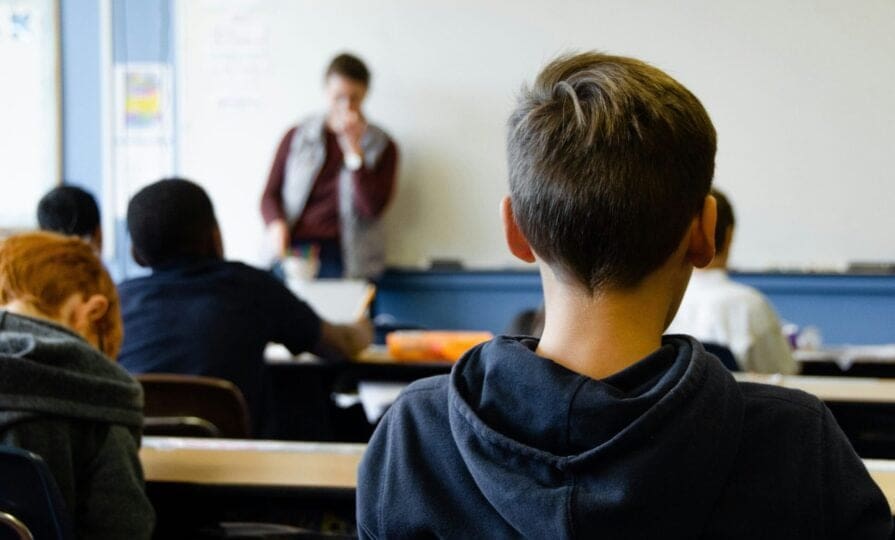Schools face students’ mental health crisis, new data says
According to the Lumii.me wellbeing platform, nearly three children in the average UK classroom are experiencing daily emotional distress

Register to get 1 more free article
Reveal the article below by registering for our email newsletter.
Want unlimited access? View Plans
Already have an account? Sign in
Schools are facing an escalating crisis in student mental health post-pandemic, new research has shown.
According to the Lumii.me wellbeing platform, nearly three children in the average UK classroom are experiencing daily emotional distress. Due to the rapid rise in these challenges many schools are not equipped to handle this emotional distress.
Discussing the report, Toni Hennessy, learning mentor at St Mary of the Angels Catholic Primary School in Cheshire, said: “What this Lumii.me data reflects is a cohort of children who are increasingly able to voice their struggles – but not yet consistently equipped with the tools to manage them. Schools that embed emotional learning into their culture can make a lasting difference.”
The key findings indicate that approximately three children in every classroom, or about 10%, were identified as experiencing moderate or severe emotional distress. Additionally, 9.5% of all student interactions raised concerns that required urgent attention.
Anger emerged as the most pressing issue, accounting for 15.66% of high-risk interactions, followed closely by sadness at 13.45% and low mood at 11.78%. Stress and difficulties with friendships further underscore the daily emotional burdens that students navigate.
Whilst this is distressing for the children and their parents, what is becoming an increasing worry is that schools are struggling to cope with this influx of mental distress.
The data shows that schools urgently require additional resources to support children struggling with emotional and behavioural challenges.
In the report, experts recommend implementing enhanced emotional literacy and regulation programs to help students manage their emotions effectively. They also advocate for strengthened peer support initiatives to foster a sense of belonging and emotional safety.
Additionally, holistic school-wide well-being strategies should be prioritized, ensuring that mental health receives the same attention as academic achievement. Proactive and continuous monitoring is also essential to identify at-risk students and provide timely interventions.
Hennessy said: “This data from Lumii.me from over 57k child interactions shows that children are openly expressing emotional challenges. Schools are well placed to support them by continuing to build a positive culture around wellbeing, using data to inform their approach and embedding support into everyday school life.”

